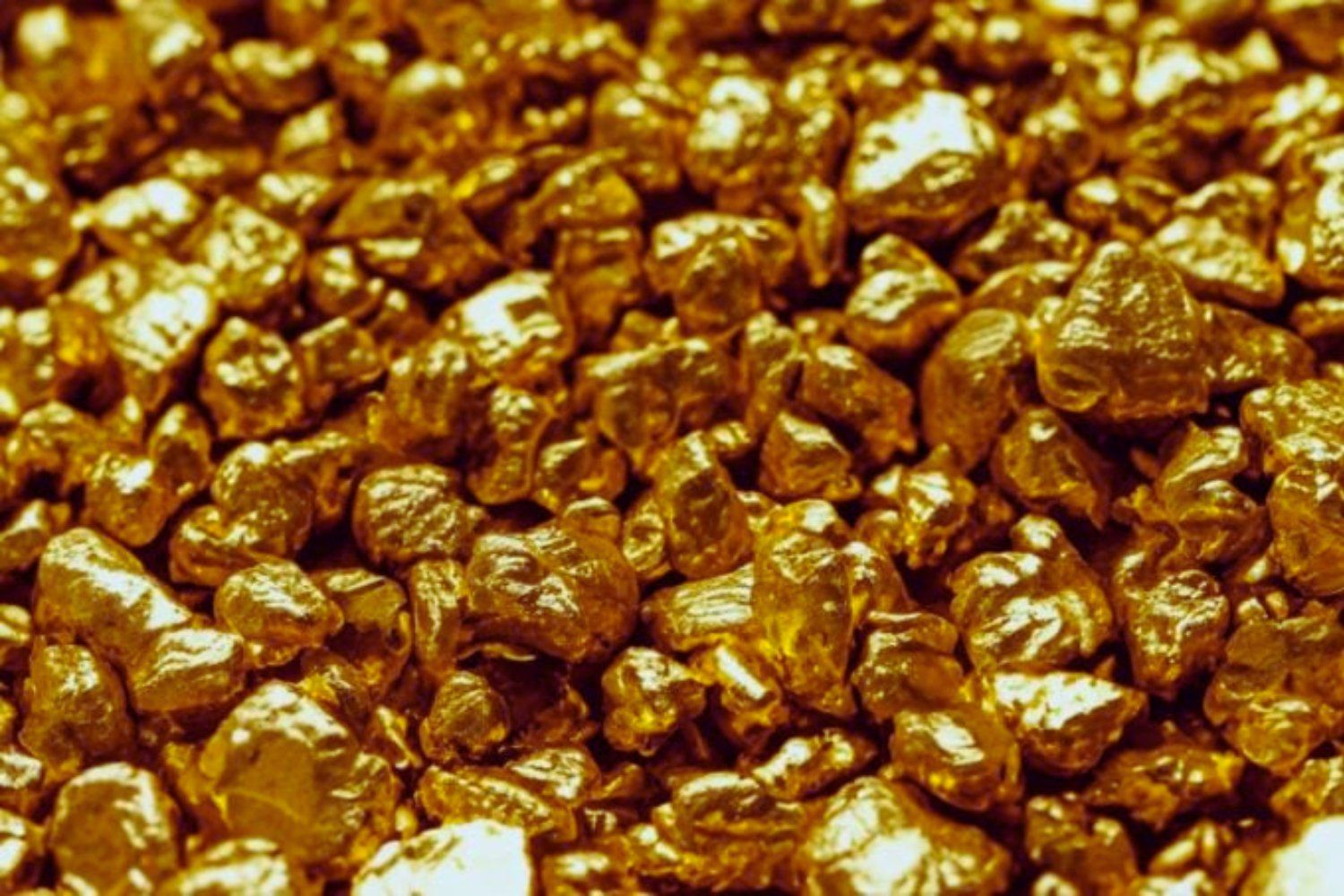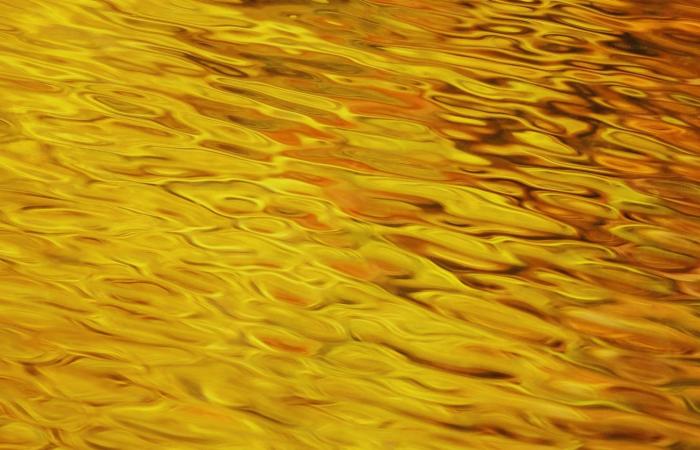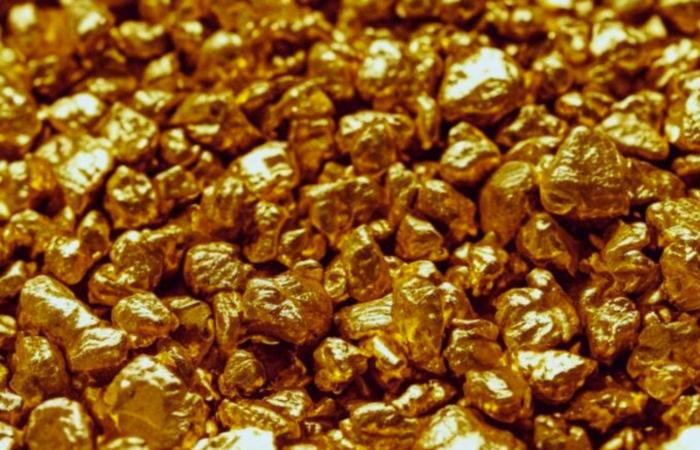In the 21st century, while many believe that gold is only part of past stories, a corner of Asturias demonstrates otherwise. There, the Navelgas river continues to hide gold particles in its channel, and every summer, adventurers and curious are submerged – literally – in its search. But this practice is not new: its history goes back to the Roman Empire itself.
THE LIVE TREASURE OF NAVELGAS
In the Asturian Council of Tineo, the town of Navelgas has kept alive an unusual tradition: the gold batting, an ancestral technique to separate the gold from the river sediment. This little enclave celebrates the National Gold Batery Championship every year, which converts the quiet channel of the Navelgas into the epicenter of a unique popular party in Europe.
Far from being only a competition, the event attracts families, tourists and experts, and is complemented with workshops, cultural activities and children’s games. Thus, what began as a mining practice has become a tourist and educational attraction.
The secret under the waters

Where does the river gold come from? The answer is in alluvial origin. During millennia, the Asturian mountains were releasing small gold particles that the water slowly dragged even deposit them in the river bed. Although today the pepitas are lowercase, their symbolic and cultural burden remains immense.
Current search engines, provided with bats and a lot of patience, do not expect to get rich. What they are looking for is to revive a connection with the earth and its history, an experience that combines technique, nature and collective memory.
From the Romans to the 21st century
During the domain of the Roman Empire, Asturias was one of the most important gold extraction centers in Hispania. The Romans applied advanced techniques such as hydraulic mining, leaving visible scars that still amaze archaeologists.
Today, that legacy shines in another format: rural tourism, transmission of knowledge and celebration of a past that still flows, literally, through the river. In Navelgas, gold is not only a precious metal, but a way to keep a shared identity alive that joins history, tradition and nature.








